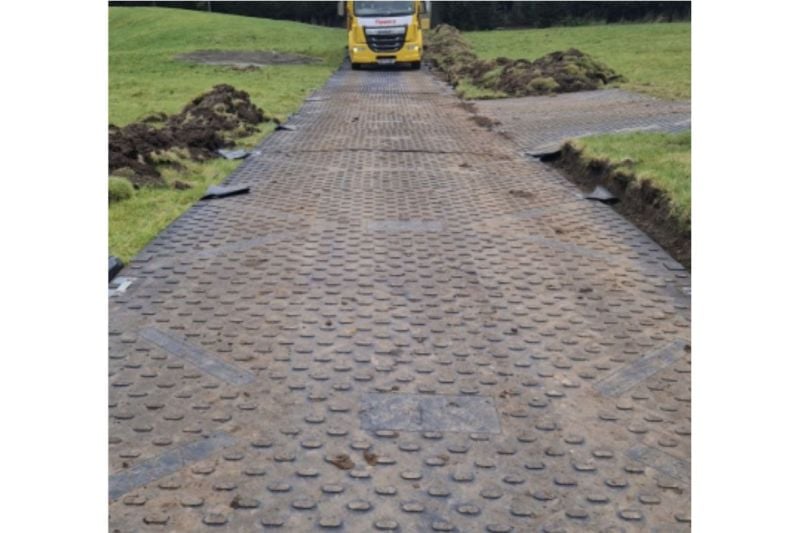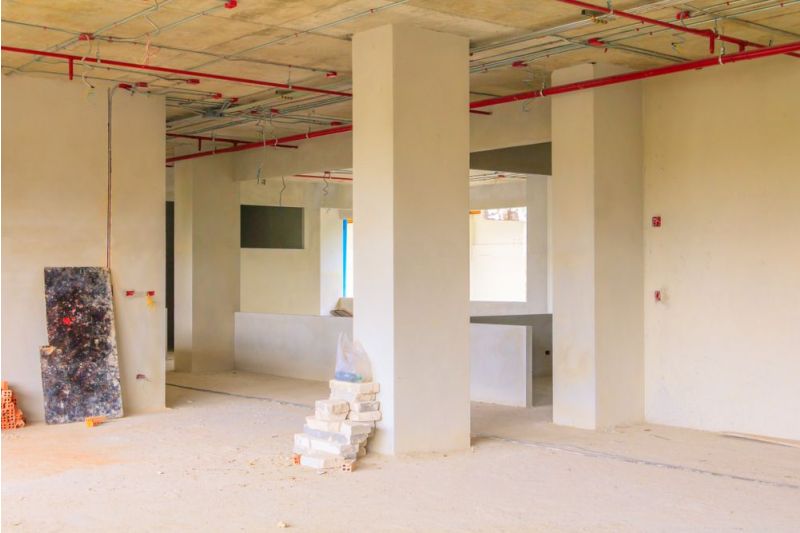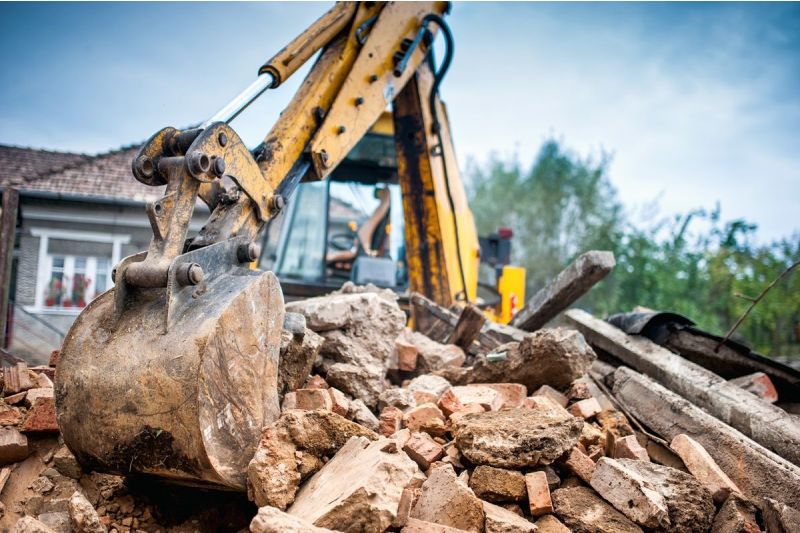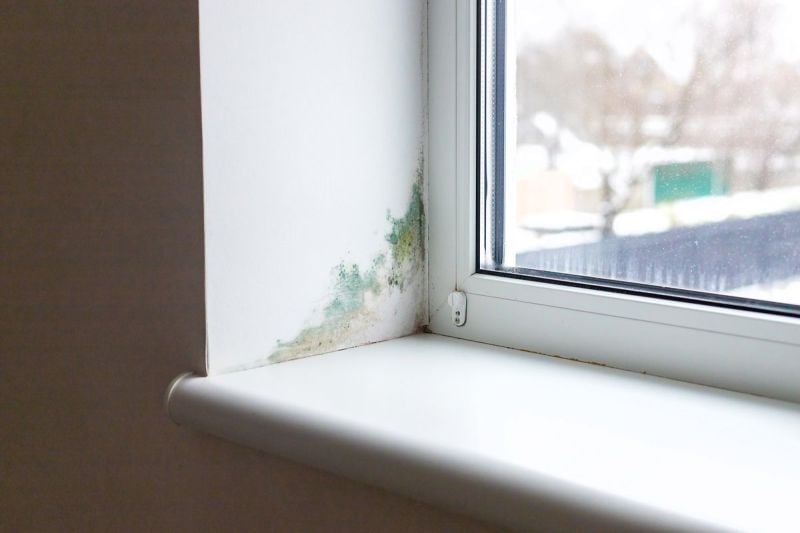Protecting windows during construction is an essential safety measure for many reasons. First and foremost, proper window protection will help maintain client satisfaction, but it will also prevent delays and reduce costly repairs or replacements of damaged windows.
A series of common risks are associated with building site window protection, including scratches, cracks, and adhesive damage. In this guide, we provide some practical information about avoiding the most common mistakes and ensuring effective window protection.
Using the wrong protective materials
Windows and glass are very susceptible to damage. As a result, it's incredibly important that you use the correct protective materials. Using the wrong protection products like duct tape or plastic sheets can lead to glass surface damage or broken frames. Using overly adhesive window films can leave a residue on the glass, causing damage upon removal.
The solution: To protect windows properly on a construction site, use purpose-designed window protection film with a low-tack adhesive or a low-tack tape to secure any protection materials. As these are easy to remove once the job is done, you can avoid leaving any residue on the surface.
Consider the range of professional-grade window protection products from Beck, including low-tack, UV-resistant, and self-adhesive window film for easy application, adhering to glass without leaving any residue.
READ ALSO: How to protect windows during building work
Neglecting frames and edges
Another common mistake of building site window protection is protecting the glass but neglecting the window's frames, edges, and corners. These key components are vulnerable to damage, especially from dents and scratches. Damage like this matters as it can affect aesthetics and functionality.
The solution: The best way to avoid damage to frames and edges is to apply frame guards and edge protection before any work starts in the area. Consider items like foam window sill protectors as well as card and foam corner protection.
Failing to clean windows before application
Sometimes, the simple things can cause the most issues, such as failing to clean the windows before applying your window protection. If you apply window protection films or tapes to dusty, dirty, or wet surfaces, you can be left with poor adhesion and scratched glass.
The solution: Before any work gets started and before you apply your protection, clean the windows and frames thoroughly with a non-abrasive cleaner. It’s also important to ensure that the surfaces are completely dry before applying your chosen protection materials to frames or glass.
Leaving protection on for too long
While your primary concern will be applying high-quality window protection, one of the most significant risks of damage can come from leaving the protection on for too long. An adhesive residue or discolouration can appear on the glass by exceeding the recommended duration of a given product, especially when the sun is shining.
The solution: Reduce the risks of damage by following the manufacturer's guidelines for any materials you apply. Make sure to promptly remove the temporary protection product once the construction process is complete in the area.
Improper installation of protective materials
A fundamental mistake of window protection during construction is improperly installing protective materials. It doesn’t matter if you choose the best products; if you apply them poorly, gaps will be left where dust, debris, and moisture can gather. Loose implementation of window protection, such as wrinkled or uneven film, will also reduce the efficiency of the protection.
The solution: When applying window protection film, ensure it is tight and smooth, with no air pockets or loose edges. The self-adhesive film will help you in your task, but you can also use low-tack tape to prevent shifting or a purpose-made window film applicator.
READ ALSO: How to choose the right temporary protection materials
Ignoring high-risk activities
Some construction site activities are more likely to cause damage to windows than others. The failure to apply extra glass protection during these high-risk tasks - such as those that involve heavy machinery or jobs like sanding, drilling, or painting – can lead to costly repairs or replacements.
The solution: When undertaking high-risk activities, ensure that temporary barriers are in place, such as dust sheets and CORREX® protection sheets, forming a guard between the equipment and the windows.
Overlooking regular inspections and maintenance
Temporary protection should not be applied and forgotten until after the job is done. A common mistake when protecting windows is applying some protection and neglecting to inspect it regularly. Without checking for damage, your protective measures can be compromised.
The solution: Carry out regular maintenance for your temporary protection solutions. Inspect coverings for things like tears, peeling edges, and accumulated debris. If you find any damage to your protection materials, replace them immediately or reinforce the protection as needed.
Improper removal techniques
Another big mistake regarding window protection is removing the products incorrectly. Do not rush the removal process as this can undo your protective measures. For example, a hasty removal of window film can leave behind residue or cause scratches to the glass.
The solution: When removing your window protection, take your time and follow the proper removal techniques based on the product. Remove films and tapes carefully, pulling them at an angle to avoid any stress on the surface of the window.
If you need to remove the glass itself, consider using some heavy-duty window demolition film to help remove the panel safely before disposal.
READ ALSO: External ground protection: mistakes to avoid
Common mistakes of window protection during construction
- Using the wrong window protection materials
- Not protecting frames and edges
- Failure to clean the window beforehand
- Leaving the protection on for too long
- Not installing protection materials properly
- Ignoring high-risk activities
- Overlooking regular inspections
- Removing protection incorrectly
The importance of protecting windows appropriately during construction should not be underestimated. By avoiding the common mistakes listed above and following the correct solutions, you can ensure windows are protected and clients are happy with your finished product.
Investing in professional, high-quality temporary protection products is essential, saving time and money. Explore Beck’s range of PROGUARD® temporary protection products today, including window protection film for construction projects.








